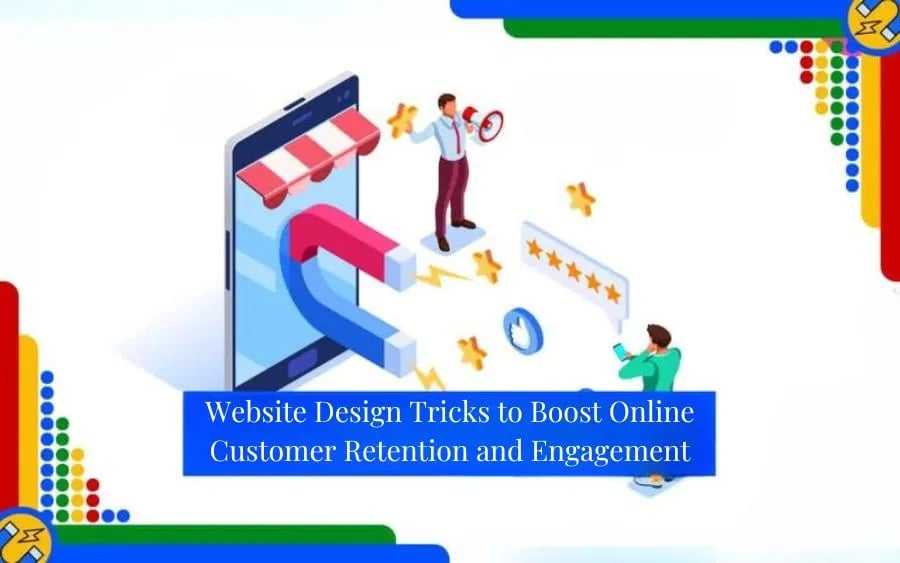
Many aspects can influence the lifespan and success of a website, particularly in the fast-paced world of online business. As technology and design trends evolve, businesses must continuously evaluate their websites to ensure they are meeting the needs of their customers and generating leads. In this blog post, we will examine into the key factors that can affect how long a website remains effective and how businesses can determine when it’s time for a redesign. From adapting to changes in the business landscape to staying ahead of technological advancements, we will explore imperative considerations for maintaining a successful online presence.
Understanding Website Lifespan
Defining the Lifespan of a Website
To gain a comprehensive understanding of a website’s lifespan, it is crucial to consider various factors that influence its longevity and success. Exploring 7 Factors That Affect Website Development’s Longevity can provide valuable insights into how design, technology, and user needs impact the longevity of a website.
Historical Overview of Website Durability
The evolution of website design and technology is important in understanding the durability and success of a website over time. Websites built with outdated technologies may face compatibility issues with modern browsers, impacting their functionality and user experience. Consideration of past trends and advancements can offer valuable lessons for enhancing website durability.
Key Factors That Affect Website Longevity
Some key factors can significantly impact the lifespan and success of a website:
- Technological Advancements and Compatibility
- Design Trends and User Experience
Technological Advancements and Compatibility

Any website’s lifespan is inherently tied to technological advancements and compatibility. As web browsers and devices continue to evolve, websites must ensure they are compatible and functional across various platforms. Failure to adapt to these changes can result in a rapid decline in user engagement and ultimately impact a website’s longevity.
Design Trends and User Experience

Design plays a crucial role in the success of a website. Keeping up with modern design trends and prioritizing user experience can significantly impact how customers engage with a website. Outdated designs can lead to decreased user retention and lower conversion rates. It’s necessary for businesses to continuously evaluate and update their website’s design to meet the evolving needs and expectations of their customers. This proactive approach can help maintain a competitive edge in the online market. This chapter highlights the critical role that technological advancements and design trends play in the longevity and success of a website, underscoring the importance of staying current and adaptable in the ever-changing digital landscape.
Evaluating Website Performance
For Your Website’s Life Span May Be Shorter Than You Think
Analytics and User Feedback
Any successful website must constantly evaluate its performance through analytics and user feedback. By tracking metrics such as bounce rate, time on page, and conversion rates, businesses can gain valuable insights into how users interact with their site. User feedback, whether through surveys, comments, or heatmaps, can provide qualitative data on user experience and preferences, helping to tailor the website to customer needs and desires.
SEO Developments and Content Relevance
Content relevance and SEO developments play a crucial role in determining a website’s success. Websites need to stay updated with the latest SEO trends and algorithm changes to ensure high visibility in search engine results. Regularly refreshing and optimizing content, incorporating relevant keywords, and maintaining a user-friendly structure are necessary for attracting and retaining customers. By staying ahead of SEO developments, businesses can ensure their website remains competitive and visible to their target audience.
Strategies for Prolonging Your Website’s Life
Regular Updates and Maintenance
Many factors can impact the longevity of a website, but one key strategy for prolonging its life is regular updates and maintenance. The age of a website plays a crucial role in its effectiveness in attracting and retaining customers and leads for your business. By ensuring that your website is regularly updated with fresh content, optimized for search engines, and free of technical issues, you can enhance its performance and relevance over time.
Adaptive and Responsive Design Implementation
The implementation of adaptive and responsive design is imperative for addressing the evolving needs of customers and ensuring a seamless user experience across devices. Adaptive design enables your website to automatically adjust its layout and content based on the user’s device, providing an optimized viewing experience. Responsive design goes hand in hand with this approach, allowing your website to adapt to various screen sizes and resolutions. By prioritizing adaptive and responsive design, you can cater to the preferences of your audience and improve user engagement.
When to Consider a Redesign
Indicators of an Outdated Website
With the rapid evolution of web design and technology, it’s important to recognize when your website may be in need of a redesign. Signs of an outdated website include poor user experience, irrelevant content, and a design that feels stale. If your site is not meeting the expectations of your customers or failing to reflect the growth and changes in your business, it may be time to consider a redesign.
Planning and Executing a Successful Redesign
Website redesigns are crucial for staying competitive and engaging customers effectively. A well-planned redesign can enhance your brand, improve user experience, and drive more leads and conversions. To execute a successful redesign, start by evaluating your current site for weaknesses and setting clear goals for the redesign process. Consider factors such as changes in your business, advancements in web standards, and the expectations of your target audience. By investing in a thoughtful and strategic redesign, you can ensure that your website remains a powerful tool for your business.
To wrap up
Considering all points discussed, the lifespan of a website is influenced by various factors such as changes in business direction, relevance of content and navigation, alignment with modern design practices, and meeting customer expectations. While there is no strict rule for when to redesign a website, it is important to assess if the current site is effectively serving the needs of the business and its customers. By staying proactive and responsive to the evolving landscape of web design trends and customer demands, businesses can ensure the longevity and success of their online presence.











